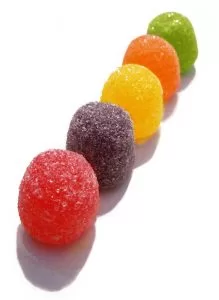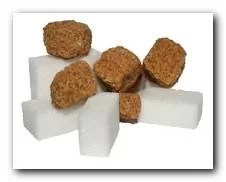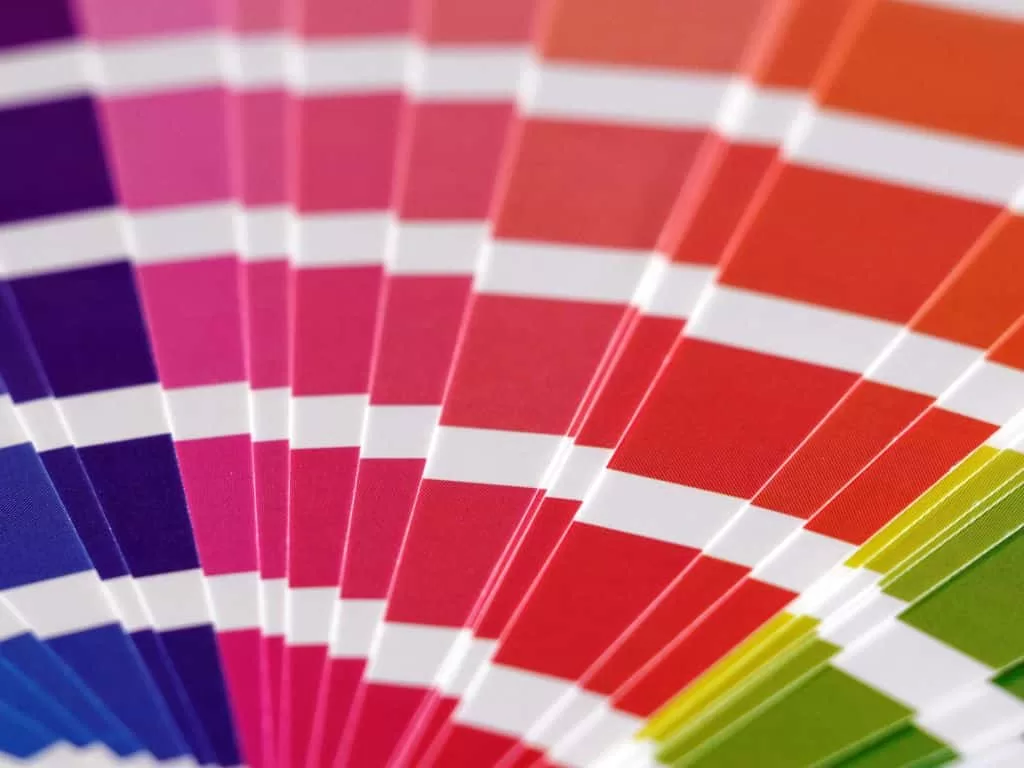The colour of our food is an intrinsic part of its appeal. Colours contribute to the taste sensation, whether they are the bright colours we associate with many fruit and vegetables, or the lurid reds and yellows common in Indian dishes. Grey colours give the impression that a food will be tasteless, or even spoiled.
 Colour is one of the many facets that food manufacturers have to consider when they are creating food products. Many natural food colours degrade over time or when they are heated, and they need to ensure that the products remain attractive and look edible throughout their life on the shelf. This is one of the main reasons why colour ingredients are needed.
Colour is one of the many facets that food manufacturers have to consider when they are creating food products. Many natural food colours degrade over time or when they are heated, and they need to ensure that the products remain attractive and look edible throughout their life on the shelf. This is one of the main reasons why colour ingredients are needed.
There are three main categories of food colourings: natural colours, browning colours, and artificial colours. The current trend in the market is towards a greater use of natural colours.
Natural colours
Natural colours are extracted and purified directly from nature. The most important natural colours are chlorophyll, carotenoids and flavonoids, which include anthocyanins.
Chlorophyll (E140) is the green pigment present in most plants, and is a vital part of the photosynthesis process by which they get their energy. It is extracted commercially from crops such as alfalfa and grass.
beta-Carotene (E160a) and the other carotenes are yellow-orange pigments found in fruit and vegetables like carrots, mango, papaya and squash. beta-Carotene can be extracted commercially from carrots or palm oil, but is mainly produced synthetically, and is converted into vitamin A in the body. It is also an antioxidant, and may have a beneficial effect in reducing the risk of some cancers and heart disease.
Annatto (E160b) is extracted from the achiote tree, which grows in the American tropics. Its colour derives from the two carotenoids, the fat-soluble bixin, which is red, and water-soluble norbixin, which share its E-number. It is used as an orange food colouring in products such as cheese, butter, custard powder and smoked fish. Annatto is unusual among natural food colourings as it has been associated with asthma-type side-effects, which are more commonly attributed to synthetic colours.
Lycopene (E160d) is a another carotenoid. The dark red chemical can be extracted from tomatoes, and is also present in a variety of other red and yellow fruit, as well as being produced synthetically using microorganisms. It is another strong antioxidant, and may help protect the body against degenerative diseases.
 Lutein (E161b), another carotenoid which occurs naturally in maize and marigolds, has an orange-red colour. Its primary use as a food colorant is in chicken feed, where it gives a darker yellow yolk, and also yellower chicken skin. It is also believed to be important in eye health.
Lutein (E161b), another carotenoid which occurs naturally in maize and marigolds, has an orange-red colour. Its primary use as a food colorant is in chicken feed, where it gives a darker yellow yolk, and also yellower chicken skin. It is also believed to be important in eye health.
Anthocyanins (E163) are a group of water-soluble pigments whose colour varies from red to purple. They are widespread throughout the plant kingdom, and are responsible for the red and purple colours of fruit and vegetables such as blackcurrants, red grapes, aubergines and beetroot. However, they are prone to decomposing and losing their characteristic colour on heating, and in acidic conditions.
Browning colours
Browning colours are produced during cooking and processing.
Caramel (E150) is the most familiar browning colour. It is made by the caramelisation of sugars, and the colour ranges from yellow through to dark brown depending on the degree of caramelisation and how it was prepared. It is one of the oldest food colourings, and is used in many different products such as gravy browning, breads and bakery products, chocolates and sweets, and soft drinks such as colas.
Artificial colours
Artificial colours have been used to colour foods for more than a century. They tend to have stronger colours than natural colorants, and most are azo dyes. Over the years, some have been banned from food use, starting with the dye butter yellow, or dimethylazobenzene, which was found to cause cancer in rats and was withdrawn in 1937. Several azo dyes are still used in food, and all have been extensively tested.
A number of artificial food colours have been implicated in causing hyperactivity in children. As a result, several of these are being phased out on a voluntary basis in the UK. Click here for more information on additives and hyperactivity.
Brilliant blue (E133) is a reddish-blue substance that can be used to colour food blue. It can be combined with yellow colours, notably tartrazine, to make food more green. It appears in products such as ice cream, confectionery, soft drinks and tinned peas.
Tartrazine (E102) has gained something of a bad reputation in recent years, with suspicions that it causes hyperactivity and exacerbates asthma. It is a bright yellow colour. Products that can contain tartrazine include sweets, soft drinks and soups.

